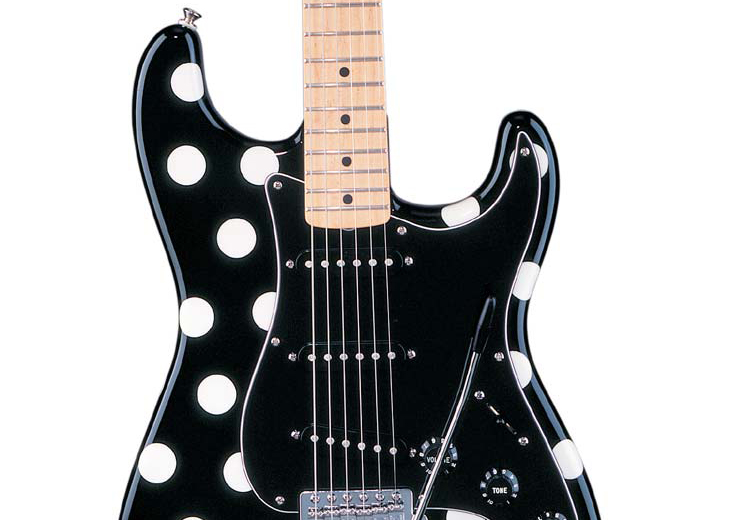Play blues guitar like Buddy Guy
Check out this video lesson with free tab







Click here for all How to play blues guitar like... lessons.
Buddy Guy was born in Louisiana, a southern US state famous for its blues, in 1936. He set about learning the guitar by ear at high school, rejecting conventional music lessons in favour of the raw passion he heard on blues records.
After performing with various bands in the Louisiana town of Baton Rouge in the early 50s, he later moved to Chicago and became part of the house band at Chess Records, and sideman to the likes of Muddy Waters and Howlin' Wolf.
Influenced by the showmanship and guitar histrionics of Guitar Slim, Buddy became a recording artist in his own right in 1958. However, with a lack of support from his record company - they thought he was simply too loud and distorted for the general public due to his use of anti-social effects such as feedback - he became frustrated. It was only when a new generation of blues guitarists like Jeff Beck, Eric Clapton and Jimi Hendrix openly admired and emulated him - achieving great commercial success along the way - that Buddy started to get the recognition he deserved. In fact, Hendrix had reputedly cancelled his own shows to go and watch him!
In spite of this recognition, Buddy's guitar was not heard in public from the late 70s until his comeback in 1991, Damn Right, I've Got The Blues.
If you want to get the Buddy Guy tone you should aim for a sound that is more distorted than your average blues, but still leans toward overdrive rather than full-on distortion.
You can learn the licks from the video lesson by following our free tab.
Want all the hottest music and gear news, reviews, deals, features and more, direct to your inbox? Sign up here.